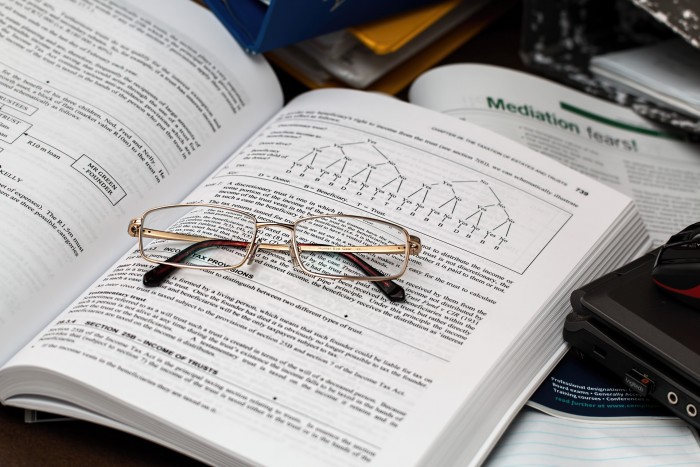5 Steps to Becoming a SMART Reader
OUR libraries are paved with gold, yet most of us don’t realize it. That’s because reading books can lead to magnificent experiences, great stories, usable knowledge and wisdom, but it isn’t always an easy habit to develop. The lack of comprehension and speed may frustrate most beginners; but it’s one that is achievable by increasing the quantity and quality of the books you read. Thanks to Daniel Alley from success.com for his article “5 Tips to Read 100 Books a Year,” the Wealth Mentors team would like to share some useful tips on how you can read more books, and to get the most out of them within a short time.
- Learn to speed-read.
With this technique, you can increase your reading speed from 200 words per minute to more than 1,000. One of the popular methods by Peter Kump in his book Breakthrough Rapid Reading, is to use your hand to guide you along the pages. This method will help you stop reading aloud in your head, and it also forces your eyes to read faster by skimming and scanning.
- Do not read from cover to cover.
Average books offer a few major ideas, good books offer a couple more and great books offer the most. To say that you have to read every book you encounter cover to cover is a myth. If you do, you’re taking too much time on trivial content. An average author can write a 20-page book with all of his ideas, but that kind of book generally won’t sell to the public— unless he fluffs it up. How many great books out there, do you think, are worth reading over and over again, and would you do that if these books are average?
Instead you may want to skim the entire book in five minutes to get the main idea. Use the table of contents to help you understand how the ideas are dispersed throughout the book. Make notations on the pages that you want to revisit.
Next, read deeply for 30 minutes, on your second read. Only reread the best parts of the book, and absorb the material with good understanding. Finally, if the book is worth another read, take an hour or two to read it the second time.
- Set time limits.
Do you set time limits on what you read? This will help you to keep focus better. The key is to know what you want to get out of each book that you read. For example, give yourself four hours to read a 200 to 300-page book. Do it with complete focus and no distractions.
Without discipline, it may take up to one month, and you don’t want to end up there. The key is not to let the book take control of you. If there’s a section that you don’t understand, make a note and return to it later, do the same with unfamiliar words.
- Start with thinner books
Get a stack of 100 to 150-page books to build confidence, and aim to read one or two a week—and watch yourself progress from there. Eventually, you can add on bigger book. Some books are complicated and hard to digest, for example, if you start reading an academic 1,000-page textbook — like autobiographies and obscure nonfictions, it may prohibit your reading speed. You don’t want to get mixed up with all that, when you are starting out.
- Only read the best books
Last but not least, before you begin, choose a book that is worth reading, which you can tell within the first 10 minutes. Rate your book on a scale of 1 to 10, to make sure that you stay on top of your reading list by focusing on books that captivate your attention. If you’re reading a book that doesn’t interest you, put it aside. You should line up 10 to 20 books and choose a few out of the stack every month, and always replenish the stack when you finish.
*For more info, visit www.wealthmentors.com. If you like this article, please SHARE.
